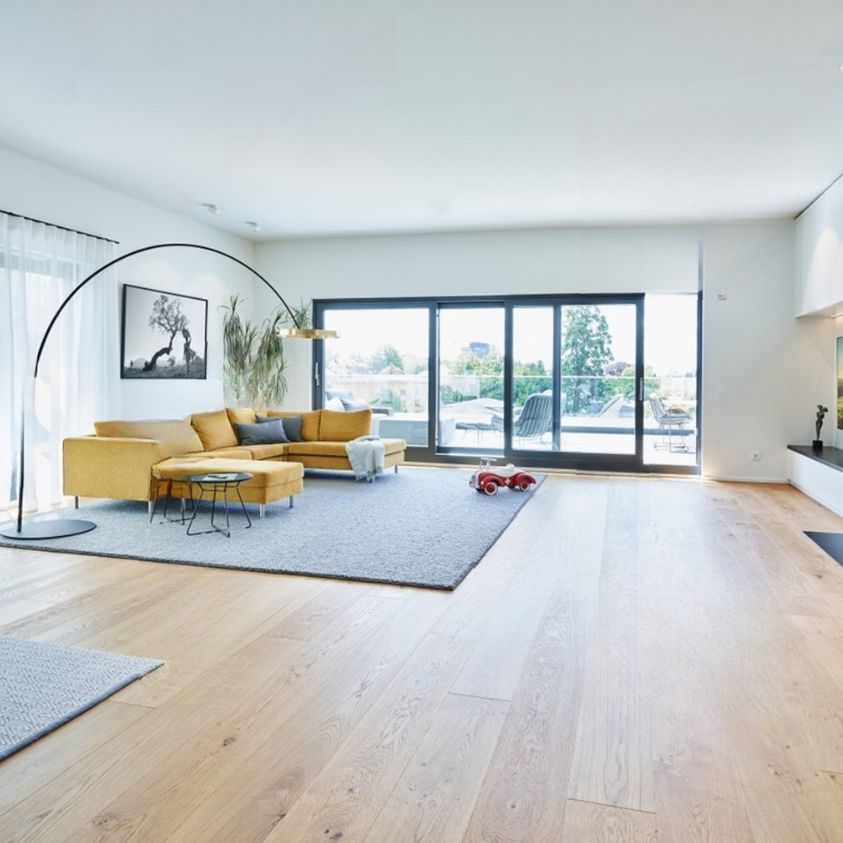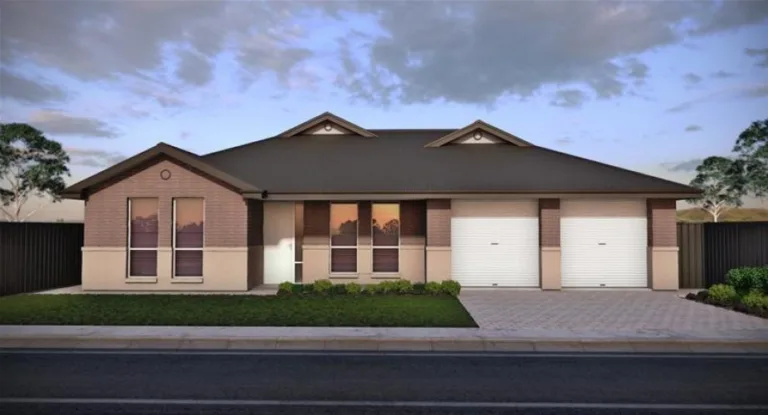The Impact of Smart Technology on Interior Designing
As our world rapidly advances into the digital age, smart technology has become an integral part of our daily lives, revolutionizing various sectors, including interior designing. The integration of smart technology into interior designing has significantly impacted the way we perceive, experience, and design our living spaces. This article explores the profound influence of smart technology on interior designing, examining how it has transformed aesthetics, functionality, and the overall design process.
Embracing the Future: The Rise of Smart Technology in Interior Design
1. Seamless Connectivity
Smart technology has facilitated seamless connectivity within our homes. It allows devices and systems to communicate with each other, providing an integrated and cohesive living experience. From smart thermostats to connected lighting systems, these technologies are integrated into the very fabric of modern interior design.
2. Enhanced Efficiency and Convenience
One of the key advantages of smart technology in interior designing is the enhanced efficiency and convenience it offers. Automated systems can adjust settings based on user preferences, making daily tasks more streamlined. For instance, smart heating and cooling systems can adapt to your routine, optimizing energy consumption and reducing utility costs.
3. Innovative Lighting Solutions
Smart lighting systems have revolutionized how we perceive and use lighting in interior designing spaces. With the ability to adjust brightness, color, and even set schedules, these systems cater to different moods and activities. Smart bulbs and fixtures can be controlled through smartphones or voice commands, providing a level of control that was previously unimaginable.
4. Personalized Ambiance
Smart technology allows for the creation of personalized environments within a home. Home automation systems can adjust lighting, climate, and entertainment settings based on individual preferences, creating the perfect ambiance for relaxation, work, or entertainment.
5. Integration of Artificial Intelligence (AI)
Artificial Intelligence has made its mark in interior designing by offering smart solutions for space planning, furniture arrangement, and color coordination. AI-powered algorithms can analyze data and suggest design choices based on user preferences, helping designers and homeowners make informed decisions.
The Impact of Smart Technology on Interior Design Process
1. Efficient Space Planning
Smart technology aids in efficient space planning by using virtual reality (VR) and augmented reality (AR) tools. Designers can create immersive virtual representations of spaces, allowing clients to visualize and experience designs before implementation. This expedites the decision-making process and minimizes errors.
2. Customization and Personalization
With the help of smart technology, interior designing can be tailored to individual preferences and needs. From adjustable furniture to personalized lighting schemes, customization is more accessible than ever. Smart technology ensures that living spaces reflect the unique tastes and lifestyle of the inhabitants.
3. Sustainable Design Practices
Sustainability is a crucial aspect of modern interior design. Smart technology enables the integration of eco-friendly practices by optimizing energy consumption, reducing waste, and promoting the use of sustainable materials. Smart homes are equipped with energy-efficient appliances, water-saving systems, and intelligent climate control.
4. Real-Time Collaboration
Smart technology facilitates real-time collaboration between designers, clients, and contractors. Through cloud-based project management tools and collaborative platforms, all stakeholders can work together seamlessly, ensuring efficient communication and project progress tracking.
Challenges and Considerations of interior designing
1. Integration Complexity
Integrating smart technology into interior design can be complex, requiring careful planning and execution. Designers need to have a deep understanding of the available technologies and how to seamlessly incorporate them into the design without compromising aesthetics.
2. Cost Considerations
The cost of smart technology can be a significant factor for both designers and homeowners. High-end smart devices and systems can be expensive, potentially impacting the overall budget of the design project. Balancing costs while delivering value and functionality is a challenge.
3. Rapid Technological Advancements
The rapid pace of technological advancements poses a challenge in keeping up with the latest trends and updates. Designers must constantly update their knowledge and skills to utilize the most advanced and relevant technologies in their designs.
Conclusion
Smart technology has brought about a paradigm shift in the field of interior designing, transcending traditional boundaries and offering a plethora of innovative opportunities. From enhancing efficiency and sustainability to providing customizable solutions and fostering real-time collaboration, the impact of smart technology on interior design is profound. As we move forward, embracing this technological evolution is not just an option; it is a necessity to create living spaces that blend aesthetics with innovation, reflecting the aspirations and lifestyles of modern society. The future of interior design is smart, and the possibilities are endless.







